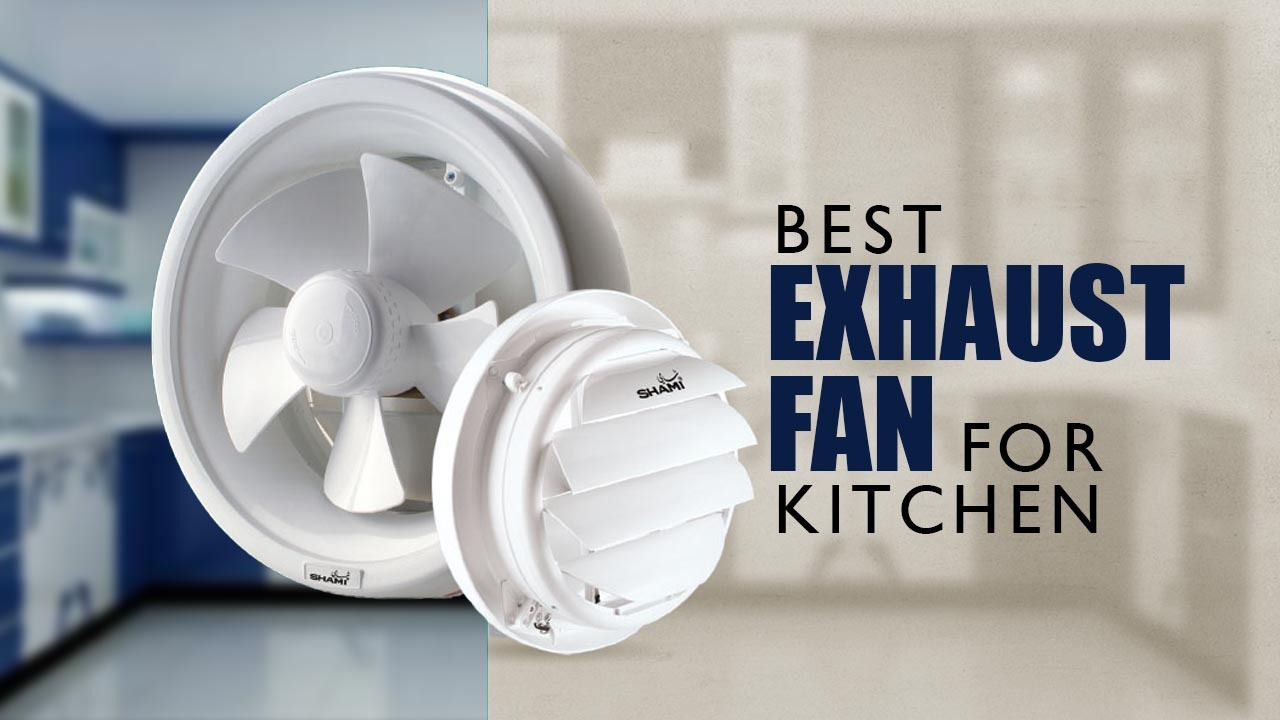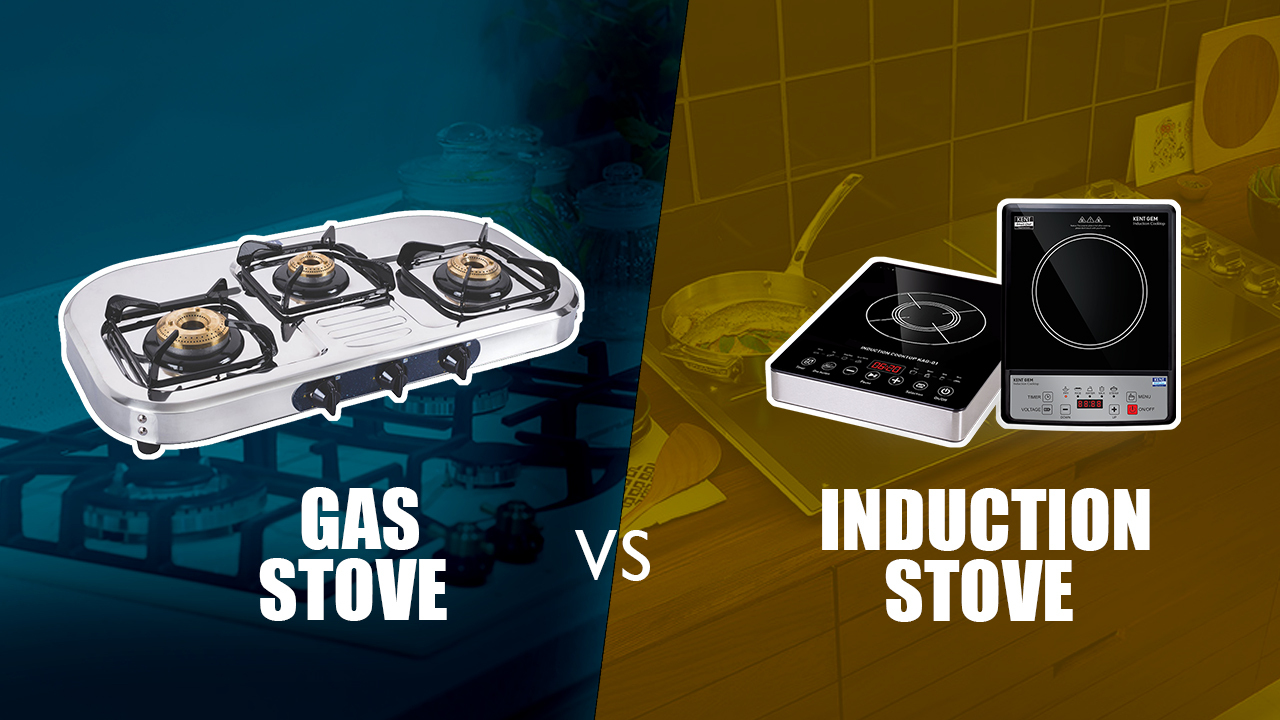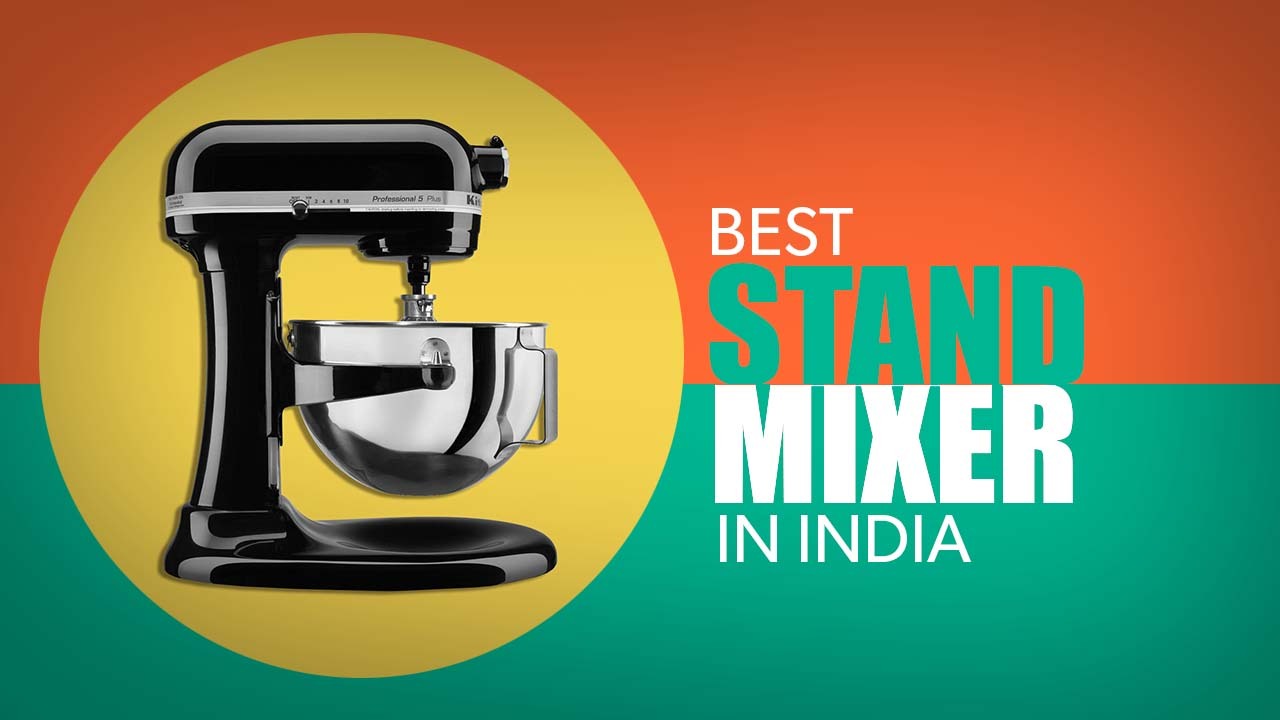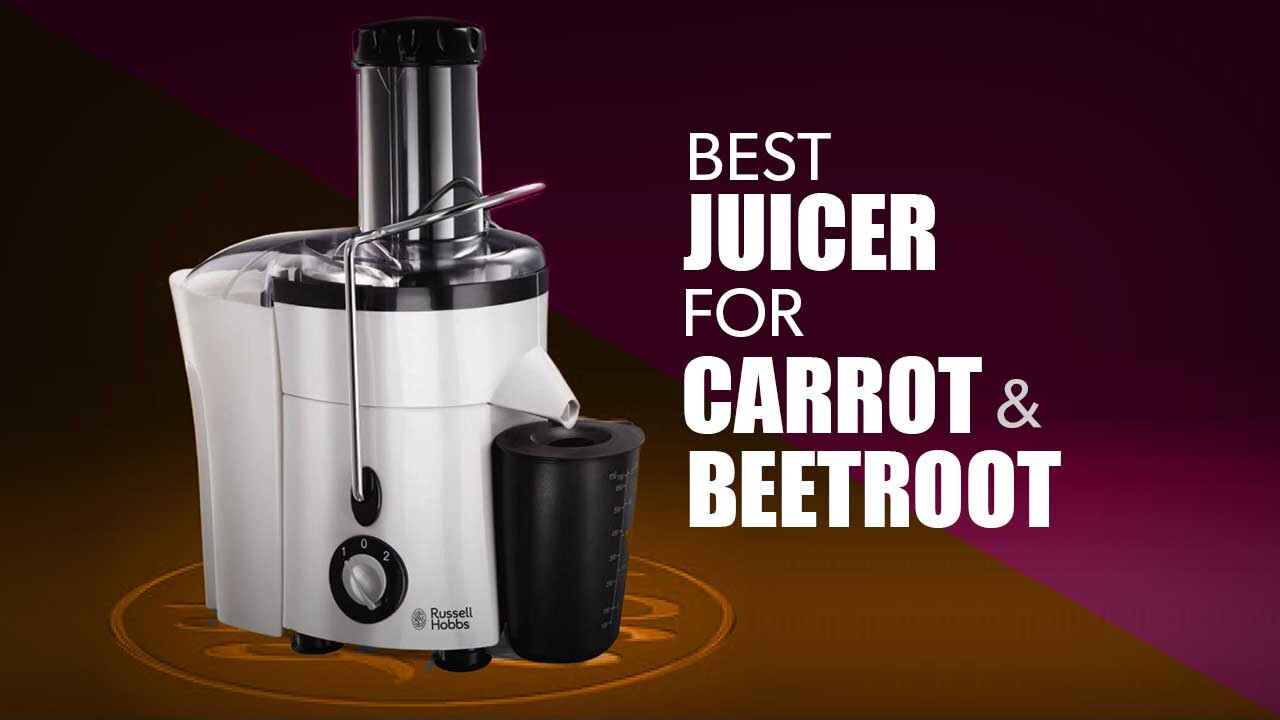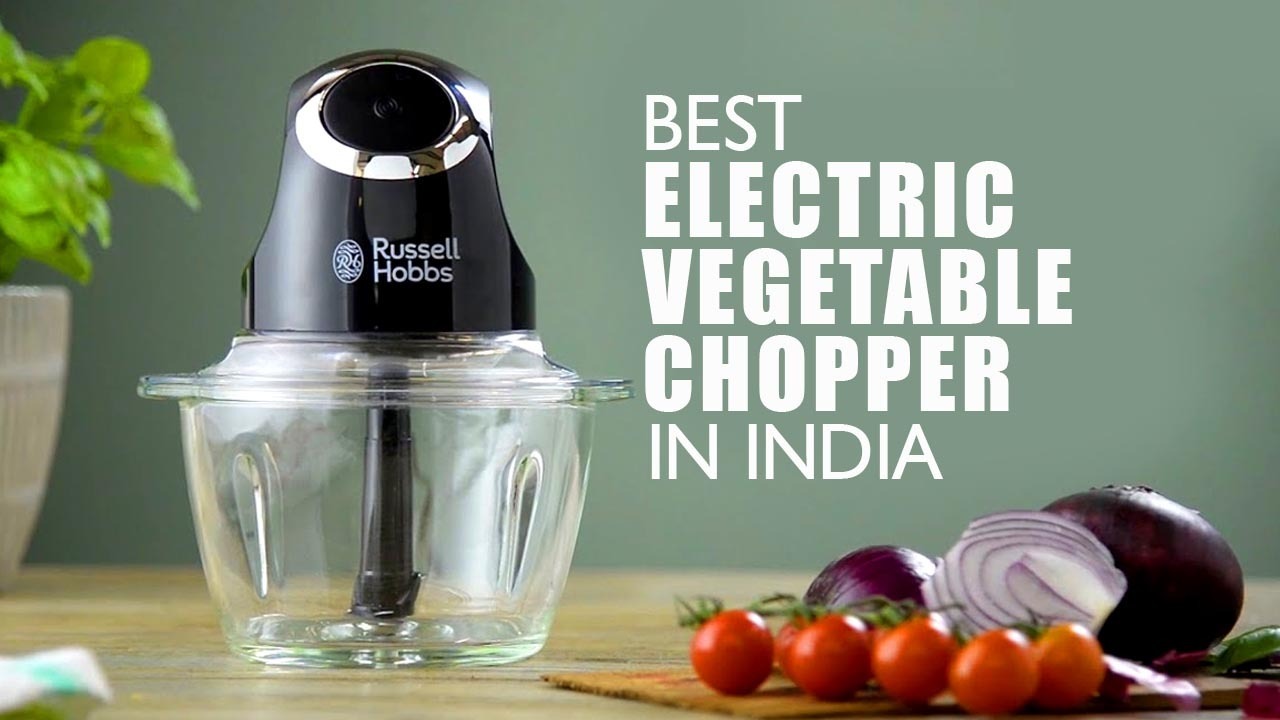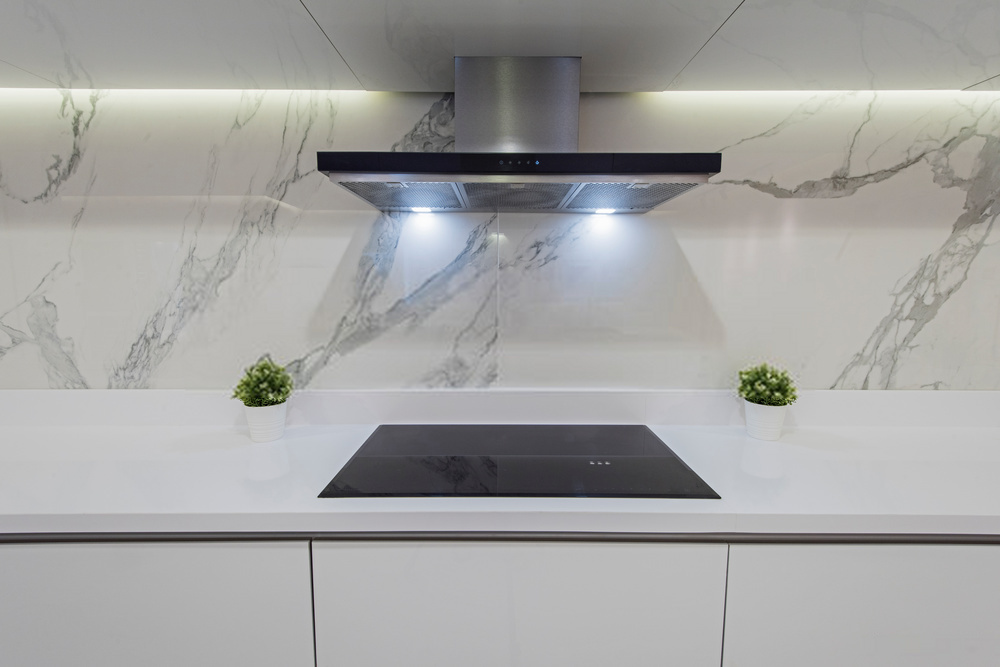For most new homes, or for people who are remodeling their kitchens, the kitchen chimney height is a puzzling question. Installation of the chimney might produce many questions in your mind. What kind of hood should you get for my kitchen? Depending on the size of the kitchen, how much power will the hood motor require? Once you purchase it, how to install it? In this blog, we shall address all your concerns, so you can easily and appropriately install your kitchen chimney.

If you’re looking to purchase a new chimney, whether it is a Filterless or Baffle Chimney, knowing how to install the chimney is essential. To help you with the same, we have compiled appropriate information below to help you select the right kitchen chimney height for your kitchen.
How Do Chimneys Work?
A chimney, also known as an extractor hood, has three basic parts – a capture hood, grease filter and a fan/blower. Each part offers an essential function for the smooth running of a chimney. The capture hood contains any steam or gas that travels upwards towards the chimney. The filters are present to catch any grease or oil while the fan/blower is utilized for forced ventilation. When you cook, the best kitchen chimney in India is able to suck up any smoke, residue, steam etc which is dispensed when you’re cooking. This device is extremely handy and a necessity in most modern homes, especially homes that lack proper ventilation.
To find out how to ensure the right kitchen chimney height, continue reading below.
Distance Between Stove and Chimney

The first thing to keep in mind is that the kitchen chimney height of the range hood is not determined by the user’s height. It’s not only a matter of comfort; there are other, more important considerations to make. The most important of these is the safety of the user. If the hood is set too low, the appliance is at risk of catching fire.
If the hood is too high, it will lose its efficiency since it will not be able to extract all of the smoke, making the appliance practically useless. After all, you would want your kitchen chimney to extract any smoke expelled while cooking so you can comfortably cook in your kitchen. You must also consider the sort of countertop on which the hood will be installed, whether it is a gas or an electric one, as these factors also effect the installation of your chimney.
For vertical and inclined hoods, the distance of the kitchen chimney is measured from the filters’ center point to the stove. Keep a gap of 65-70 cm between the chimney plate and gas hob, and 55-60 cm between the plate and electric hob, for optimal use. The bottom of the hood should never be less than 45 cm as that can pose a fire risk.
To get the most out of your hob, you need to know what specifications it contains.
How to measure the height of your chimney?
Keep the following pointers in mind when measuring the ideal distance between your chimney and stove for the right kitchen chimney height:
- The size of the extraction hood should be bigger than the size of your stove.
- It is also appropriate if the kitchen hood is the same as the cooking zone.
- The average chimney size ranges between 45cm/60cm to 60cm/80cm. As mentioned above, maintain a distance of at least 65cm from the stove for optimal use and preventing accidents.
- For a two to four burner stove a chimney of dimension 60cm is ideal. For bigger stoves, i.e. those with 3-6 burners, a 90cm chimeny is is the better option.
- Keep in mind the type of cooktop you are using as well. As mentioned in the previosu section, a distance of 65-70cm is ideal for a gas hob while a distance of 55-60cm is ideal for an induction hob.
Additional Things To Consider

Kitchen Size
It’s also crucial to consider the height of the chimney in relation to the cooking zone.
- A maximum height of 70 cm and a minimum distance of 60 cm from the cooking area is required for wall or mural hoods.
- Inclined wall-mounted extraction hoods must be set at a height of 70 cm maximum and 60 cm minimum, measured from the suction area’s center.
- Built-in kitchen hoods must be mounted at a height of no more than 70 cm.
- Island hoods must be set at a height of no less than 60 cm and no more than 70 cm.
- Finally, the ceiling hoods should be set between 140 and 160 centimeters in height.
Type of Filter
There are three types of filters present in various chimneys –
- Cassette Filter: This kind of filter is multilayered to collect any oil or grease particles, along with expelling steam, smoke and other debris through a PVC pipe. The particles are collected in a metallic filter, which has a tendency to get clogged and requires cleaning from time to time.
- Baffle Filter: As opposed to a cassette filter, this kind of filter is made using steel or aluminium. There are multiple layers of filtration which criss-cross over each other to separate oils and smoke. By doing so, these filters prevent clogging of grease and therefore last longer without the need for a cleaning.
- Carbon Filter: These filters are specific to ductless chimneys and utilize a grease filter. Once the particles and oils pass through this filter, they go through the charcoal fitler following which the air is released back into the kitchen. They require replacing every 3-6 months and are therefore more expensive and high maintenance.
Suction Power
- For an Indian kitchen, a range of 400-1000 m3/hr is the ideal suction power. Make sure the chimney you intend to purchase has this feature.
- Base the suction power on your kitchen size, and based on other features mentioned above.
Chimney Vent
- The ideal length for a chimney duct is below 12 feet. If it goes above this height, the effiency of your device will be reduced significantly.
- Preferably, the vent is made of stainless steel as it is durable and is more long-lasting than other materials.
- Stick to no more than two bends in the duct. The shorter your pipe the better, more effective your device is.
- Ensure that your vent is towards a hole in the external wall so that the grime, steam, smoke etc., is dispelled appropriately.
📌 Handpicked related articles:
– Baffle filter vs filterless chimney
– How to clean kitchen chimney
Frequently Asked Questions (FAQs)
What is the maximum height at which a kitchen chimney should be installed?
The maximum height for installation of your kitchen chimney should be no more than 70cm and no less than 45cm for effective functioning of the machine and to avoid any fire-related accidents.
Can you face your kitchen chimney vent downwards?
In theory you can, but you should avoid doing such a thing. This is because facing the vent downwards will result in several 90 degree turns back-to-back, which will reduce the effectiveness of your device.
Is it essential to calculate the kitchen chimney height?
Yes! It is absolutely essential to calculate it according to the suggestions offered in the blog above so you can make the most out your device and avoid any disappointment as a consumer.
Kitchen Chimney Height – Conclusion
Like any other purchase you make, approriate research is required when you are picking a chimney for your kitchen. Along with the kitchen chimney height, you must keep in mind other factors such as the type of filters used, the size of the chimney, they size of your stove, suction power among others. You can read about each of these in-depth in the blog above.
When calculating the kitchen chimney height, remember to keep these factors in mind so you can keep it at an appropriate height to avoid disappointment and prevent any accidents in your kitchen. Read the blog above thoroughly, go through the features of the chimney you intend to buy and you shall hit gold. Happy shopping!
